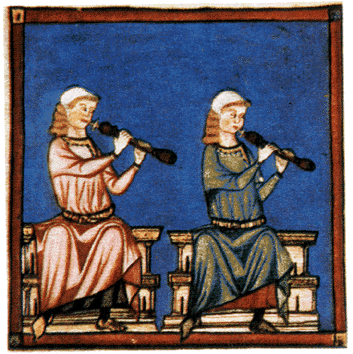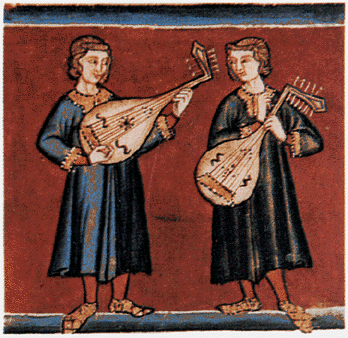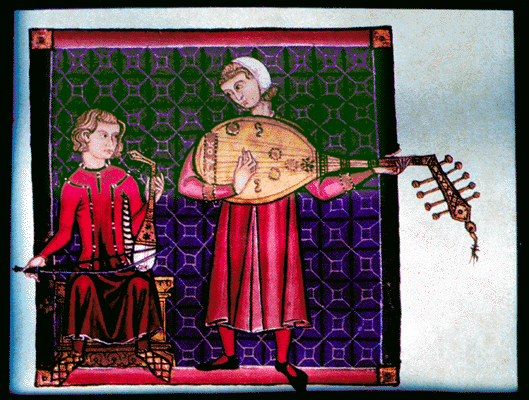"This is an album (muraqqaʿ) compiled in the late 13th century AH / 19th CE, or possibly later. It contains nineteen Deccani paintings and four pages of shikastah calligraphy, one of which is dated 1211 AH / 1796 CE (f. The paintings, which date to the late 12th century AH / 18th CE or 13th century AH / 19th CE, come from a ragmala series attributable to the Deccan. A ragmala is a visualization of a musical mode or melody. This album contains a mix of visualizations of ragas (male musical modes) and raginis (female musical modes considered to be the wives of the male musical modes)." [Source: Walters Art Museum W. 669]
"Ragamala paintings are pages from a garland (mala) of visual melodies (ragas). Each page visualises a particular mode (five or more musical tones), and is frequently accompanied by a brief inscription or poem that suggests the time of day, season and even mood of the raga.
The transformation of expression from music, through poetry to painting was a gradual one, most likely stimulated by the invention of paper. Medieval musicians would associate each raga or mode with a deity and name it, perhaps as a means of memorising a melody. Intrigued poets of the late medieval period then personified these ragas and elaborated their tales in vivid verbal imagery. These stories along with other influential musical texts provided the poetic source for ragamala painting." [source: What is Ragamala?]
Sri Raga
Todi ragini
Asavari ragini
Female performing a ritual at night with a full moon
Shikastah^ calligraphy
Khambhavati ragini
Megha raga
Khambhavati ragini
Malavakausa raga
(Malakausika, Malakausa, Malkos raga)
+18th-19th+centuries+b.jpg)
+18th-19th+centuries+e.jpg)
+18th-19th+centuries+f.jpg)
+18th-19th+centuries+g.jpg)
+18th-19th+centuries+d.jpg)
+18th-19th+centuries+h.jpg)
+18th-19th+centuries+c.jpg)
+18th-19th+centuries+i.jpg)
+18th-19th+centuries+j.jpg)


